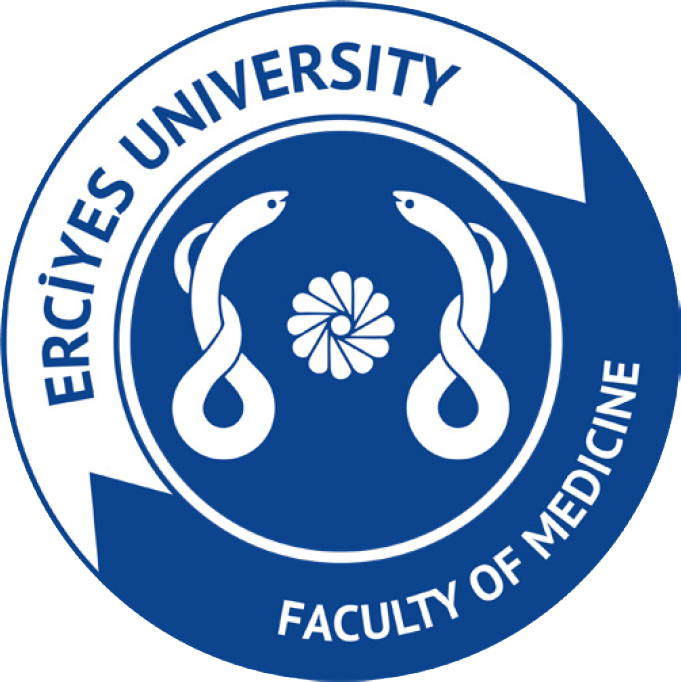2Division of Intensive Care, Department of Internal Medicine, Erciyes University Faculty of Medicine, Kayseri, Türkiye
Abstract
Objective: The aim of this study was to prospectively evaluate the clinical and laboratory characteristics, as well as the mortality, of patients with gastrointestinal bleeding (GIB) in the intensive care unit (ICU).
Materials and Methods: This prospective study was conducted in the medical ICU. Patients diagnosed with GIB who were older than 18 years and hospitalized for at least 24 hours were included.
Results: A total of 86 patients were enrolled in the study. The mean age was 65±14 years. The Acute Physiology and Chronic Health Evaluation II (APACHE II) score was 13 (range: 2-41). The median Glasgow-Blatchford risk score was 12 (range: 2-18), and the Sequential Organ Failure Assessment (SOFA) score was 3 (range: 0-16). The most common causes of GIB were esophageal variceal bleeding (23%) and duodenal ulcer bleeding (16%). Chronic liver disease (CLD) (22%) and thrombocytopenia (21%) were identified as the most frequent predisposing factors for GIB. There was no significant difference in mortality between variceal bleeding (19%) and non-variceal bleeding (19%) (p=0.952). The APACHE II, SOFA, and Glasgow-Blatchford risk scores of non-surviving patients were statistically significantly higher than those of survivors (p=0.002, p<0.001, p<0.001 respectively). The mean platelet values were significantly higher in survivors (p<0.001). The ICU mortality rate was 19%.
Conclusion: This study demonstrated that the most common cause of GIB in the ICU was esophageal variceal bleeding, and the most frequent predisposing factor for GIB was CLD. The ICU mortality rate was not high in our study.


